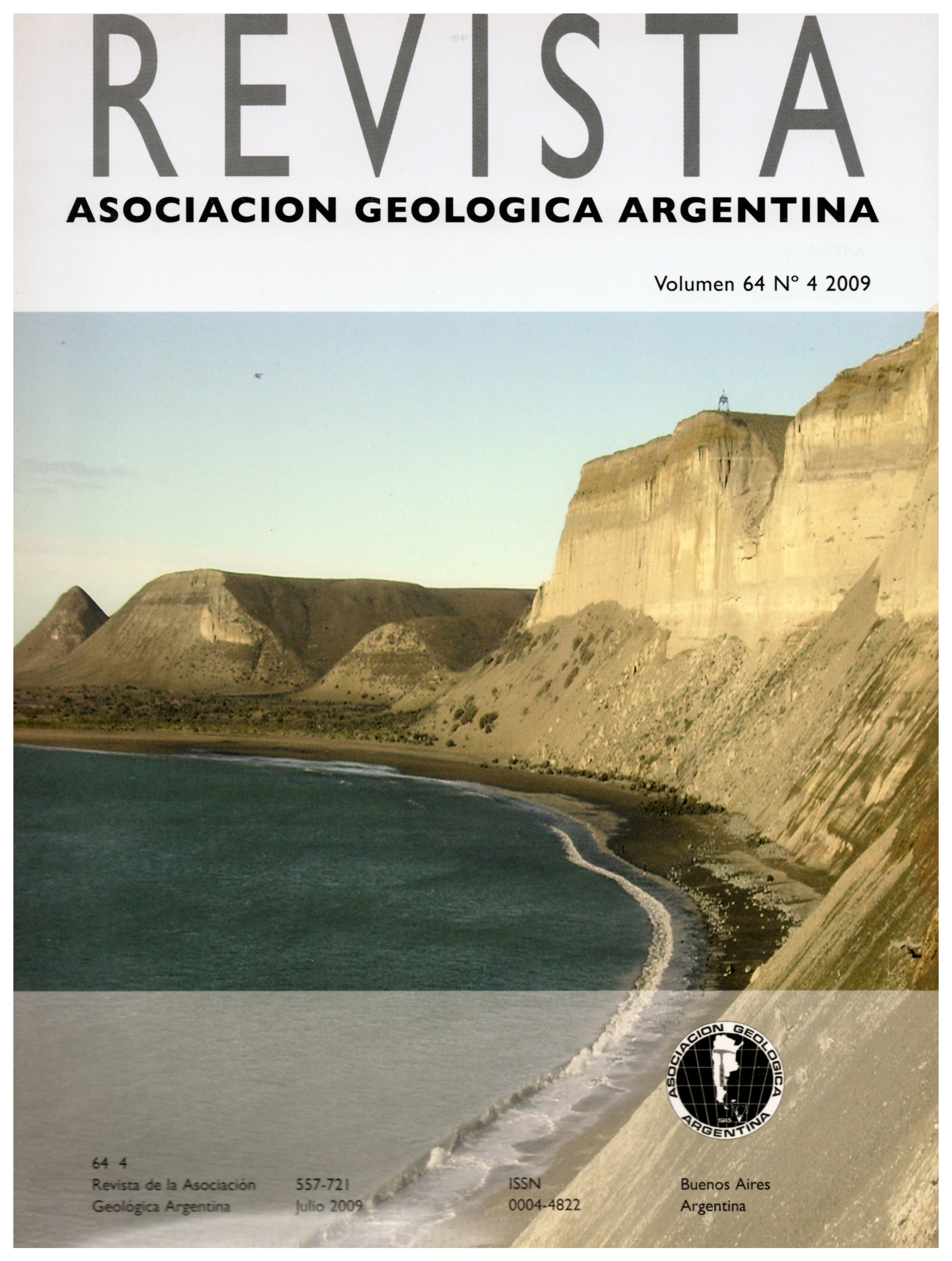Tomografías eléctricas en el basurero municipal Ciudad de Gualeguychú, provincia de Entre Ríos: evidencias de contaminación
Contenido principal del artículo
Resumen
Un importante problema asociadoa los rellenos sanitarios es la formación de lixiviado y el riesgo de contaminación del agua subterránea. La conductividad eléctrica del lixiviado es más alta que la del agua natural, consecuentemente el contraste en esta propiedad permite detectar la pluma de contaminación utilizando estudios geoeléctricos. En este trabajo se presentan nuevos datos obtenidos en dos rellenos sanitarios de diferente edad localizados en la ciudad de Gualeguaychú. Se realizaron varias tomografías eléctricas utilizando la configuración electródica de dipolo-dipolo y se interpretaron a partir de modelos bidimensionales. Los modelos obtenidos sobre los rellenos sanitarios presentan una primera capa, con valores altos de resistividad y con heterogeneidades que representan la basura enterrada. Por debajo de este nivel se observan bajos valores de resistividad atribuibles a la contaminación debida a los lixiviados. Los modelos obtenidos en zonas sin relleno, pero cercanas al mismo, presentan baja resistividad en la capa más superficial y estos valores podrían deberse no sólo a la presencia de lixiviados sino también a la presencia de arcillas, dado que estos resultados no concuerdan con los valores de conductividad específicadeterminados en el agua freática. Se estimaron parámetros hidroquímicos apartir de la resistividad eléctrica de las zonas más conductoras para evaluar algunas características ambientales del relleno.
Detalles del artículo

Esta obra está bajo una licencia internacional Creative Commons Atribución-NoComercial 4.0.
Nota de copyright
Los autores conservan los derechos de autor y garantizan a la revista el derecho de ser la primera publicación del trabajo licenciado según una licencia de atribución Creative Commons que permite a otros compartir el trabajo con el reconocimiento de la autoría y de la publicación en la que se publicó por primera vez.
Declaración de privacidad
Los nombres y direcciones de correo electrónico introducidos en esta revista se usarán exclusivamente para los fines declarados por esta revista y no estarán disponibles para ningún otro propósito u otra persona.

